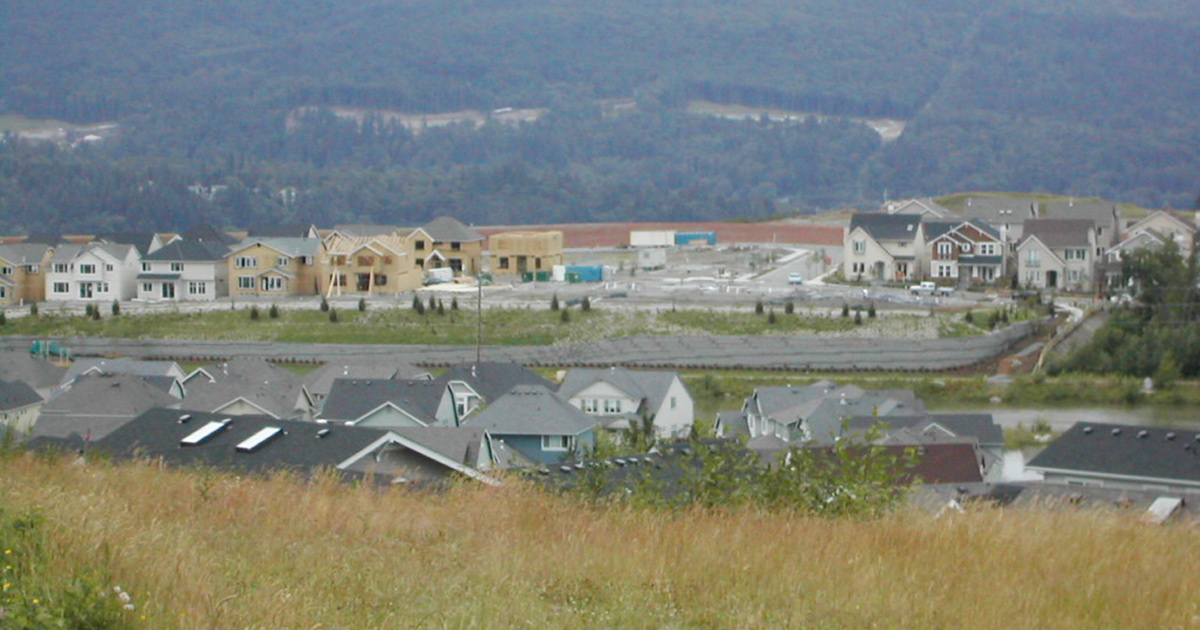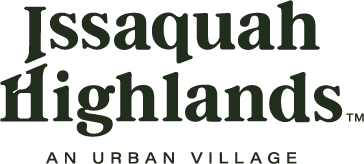
As published in January 2017 Connections
 The Issaquah Highlands community celebrates its 20th anniversary this year, ending the original development plan with Port Blakely, the company behind our Urban Village. But who is Port Blakely? And what is an Urban Village? This is the first in a series of articles that will explore our Highlands community and the unique plan and people who developed and shaped it to be what it is today.
The Issaquah Highlands community celebrates its 20th anniversary this year, ending the original development plan with Port Blakely, the company behind our Urban Village. But who is Port Blakely? And what is an Urban Village? This is the first in a series of articles that will explore our Highlands community and the unique plan and people who developed and shaped it to be what it is today.
The Port Blakely company began as a sawmill and lumberyard by William Renton in 1852 on Alki point. It moved around over the years, seeking the best location to transport lumber via the Puget Sound, finally landing on Bainbridge Island in 1864. During the next 40 years, Port Blakely became the world’s largest sawmill under one roof.
In 1902, Port Blakely was bought by Ned Skinner and John W. Eddy, eventually falling solely to the Eddy family. The Eddy family steered Port Blakely toward forest management and conservation, continually finding ways to improve reforestation. Then, in 1962, the company created its first real estate venture which managed Renton Village Company, and in 1990 Port Blakely Communities was born – focused on creating urban villages using sustainable materials.
On September 5, 1996, Port Blakely began work on the Grand Ridge development, renamed “Issaquah Highlands” in April 1997. Originally zoned to 1,000 homes, Issaquah Highlands now contains more than 4,000 homes and over 10,000 residents.
Port Blakely had a vision for the Northwest, not just regarding reforestation, but also sustainability. As forestlands were cleared and housing began to boom all over the greater Seattle area, Port Blakely saw an opportunity to maximize housing units while leaving forest lands, trails, protected green spaces, and parks to be enjoyed by the community. The urban village concept created the closeness of a city or urban setting while giving the feel of a suburb.
Many of us moved to the Highlands with a vague sense that it was different from other communities, but not fully understanding what “urban village” meant. As the Highlands introduction claimed, “Our community provides an ideal place for your family to live, work, and play.” With 10,000+ residents, 1,500 acres of permanent open space, 28 parks, more than 10 miles of trails, and ample retail space, the community has done just that.
As we look back over the last 20 years in our community, I will introduce you to the people and groups who have helped to shape it, including those very first residents who embraced an idea and bought one of the first homes down in Ashland park. You’ll hear from many different neighbors who have been born and raised here, who have led the organization of teen events for our community, who have moved here from out of state or out of country to work here, and even residents who embrace the full-measure of urban living by having several generations under one roof.
All of this, and much more, make our community unique and the wonderful place we call home. Thank you, Port Blakely, for your vision and follow through to create a space where we truly live, work, and play.
Look for more 20 Years of Issaquah Highlands articles by Kathryn in upcoming issues of Connections.
Photo Caption: Master developer Port Blakely designed the Urban Village of Issaquah Highlands to be dense so that the forests that surround it could remain green.





